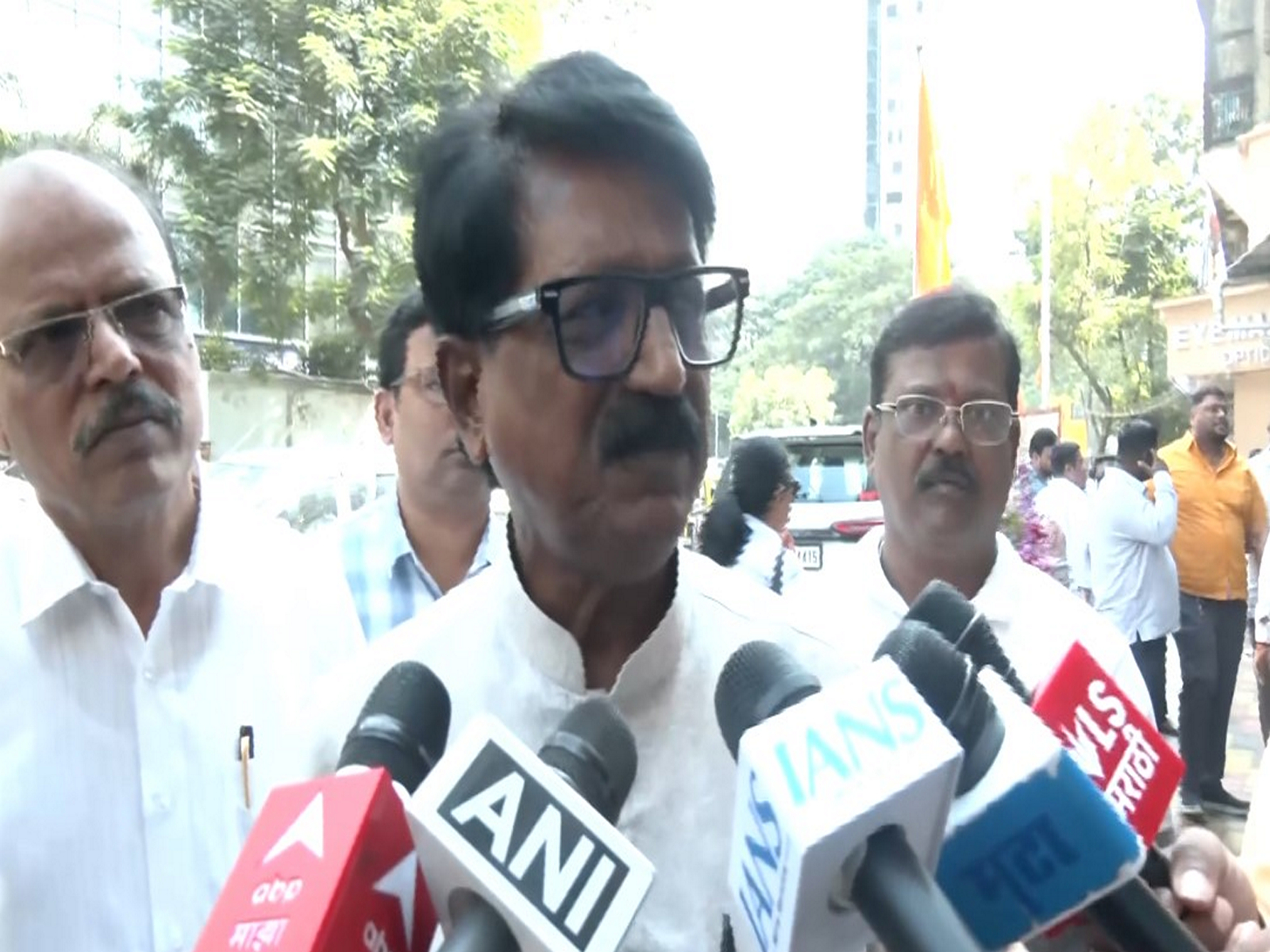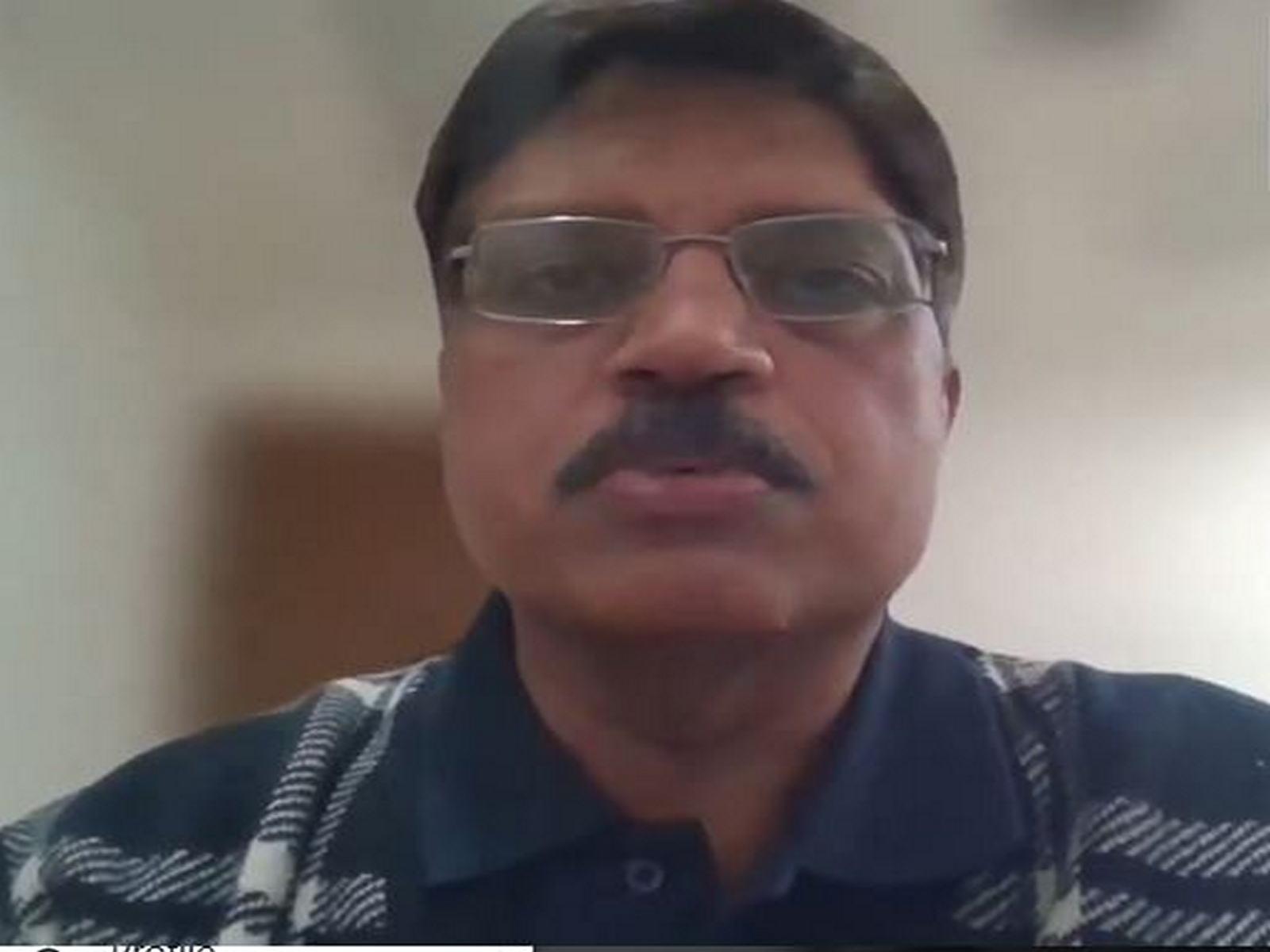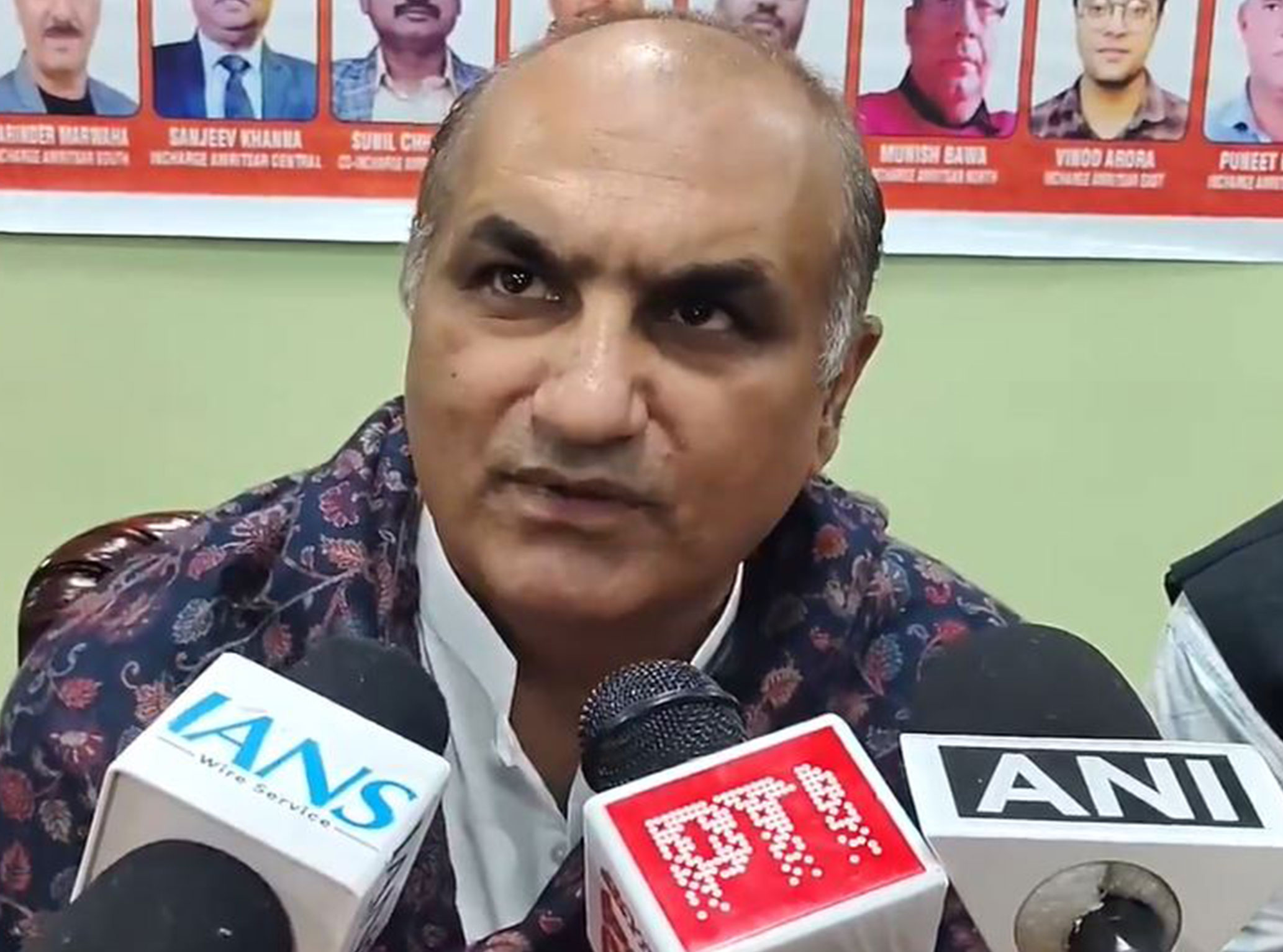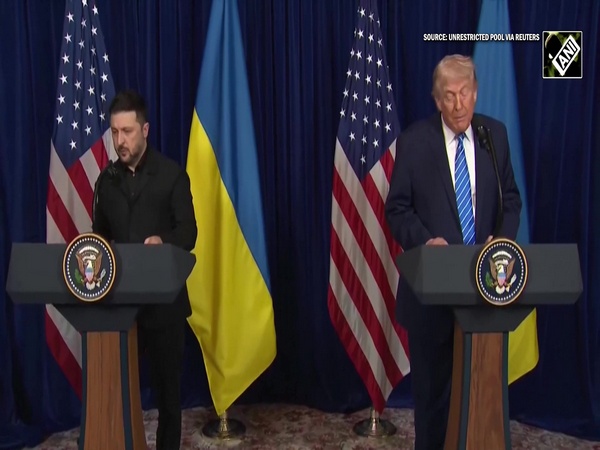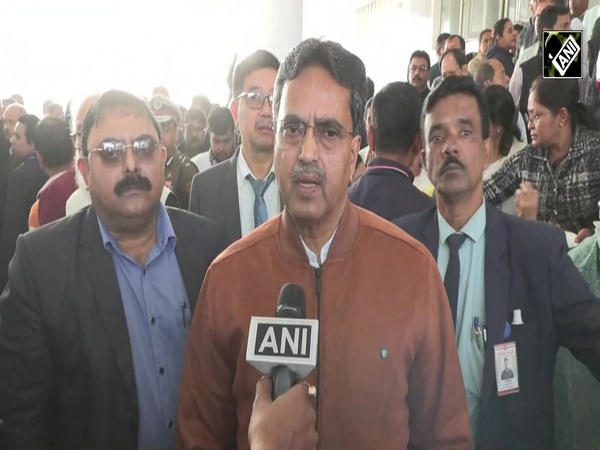"Thank SC for laying down guidelines to regulate movies portraying disabilities," says petitioner Nipun Malhotra
Jul 08, 2024

New Delhi [India], July 8 : After the Supreme Court on Monday laid down guidelines for portrayal of persons with disabilities (PWD) by visual media and directed to avoid language that individualises the impairment and overlooks the disabling social barrier, petitioner Nipun Malhotra expressed gratitude and said that the new guidelines issued can now effectively regulate movies portraying disabilities.
"I am thankful to the Supreme Court for this wonderful judgement on PWD portrayal in visual media. What triggered me to move to the apex court was a movie called Aankh Micholi by Sony Entertainment. The movie showed persons with disability in a very negative light. Somebody who stammers is called 'atki hui cassette'. Night blindness has been shown in an irrelevant way," said Nipun Malhotra.
He spoke to ANI about feeling humiliated as movies like Aankh Micholi reinforce stereotypes. "As a disabled myself, I felt humiliated and felt that such movies reinforce stereotypes. That's why I went to the Supreme Court. I thank the top court and CJI DY Chandrachud for laying down such guidelines which can regulate movies portraying disabilities," he added.
Earlier, a bench of Chief Justice of India DY Chandrachud and Justice JB Pardiwala said, "As long as the overall message of the film justifies the depiction of disparaging language being used against persons with disabilities, it cannot be subjected to restrictions beyond those placed in Article 19(2). However, language that disparages persons with disabilities, marginalises them further and supplements the disabling barriers in their social participation, without the redeeming quality of the overall message of such portrayal must be approached with caution."
The top court noted that such representation is problematic not because it offends subjective feelings but rather, because it impairs the objective societal treatment of the affected groups by society.
"We believe that representation of persons with disabilities must regard the objective social context of their representation and not marginalise persons with disability," the top court said while laying down guidelines.
Among the guidelines, the first one by the top court is about the "words cultivate institutional discrimination."
"Terms such as "cripple" and "spastic" have come to acquire devalued meanings in societal perceptions about persons with disabilities. They contribute to the negative self-image and perpetuate discriminatory attitudes and practices in society," the court said.
The court also directed that language that individualises the impairment and overlooks the disabling social barriers (eg terms such as "afflicted", "suffering", and "victim") should be avoided or adequately flagged as contrary to the social model.
The apex court also said that the creators must check for accurate representation of a medical condition as much as possible. The misleading portrayal of what a condition such as night blindness entails may perpetuate misinformation about the condition, and entrench stereotypes about persons with such impairments, aggravating the disability, the top court said.
Besides this, the other guidelines are that visual media must reflect the lived experiences of Persons with disabilities, who are under-represented and said that their portrayal must capture the multitudes of their lived realities, and should not be a uni-dimensional, ableist characterisation.
"Visual media should strive to depict the diverse realities of persons with disabilities, showcasing not only their challenges but also their successes, talents, and contributions to society. This balanced representation can help dispel stereotypes and promote a more inclusive understanding of disability. Such portrayals should reflect the multifaceted lives of persons with disabilities, emphasizing their roles as active community members who contribute meaningfully across various spheres of life. By highlighting their achievements and everyday experiences, media can shift the narrative from one of limitation to one of potential and agency," the court said.
"They should neither be lampooned based on myths (such as, 'blind people bump into objects in their path') nor presented as 'super cripples' on the other extreme. This stereotype implies that persons with disabilities have extraordinary heroic abilities that merit their dignified treatment. For instance, the notion that visually impaired persons have enhanced spatial senses may not apply to everyone uniformly. It also implies that those who do not have such enhanced superpowers to compensate for the visual impairment are somehow less than ideal," it added.

